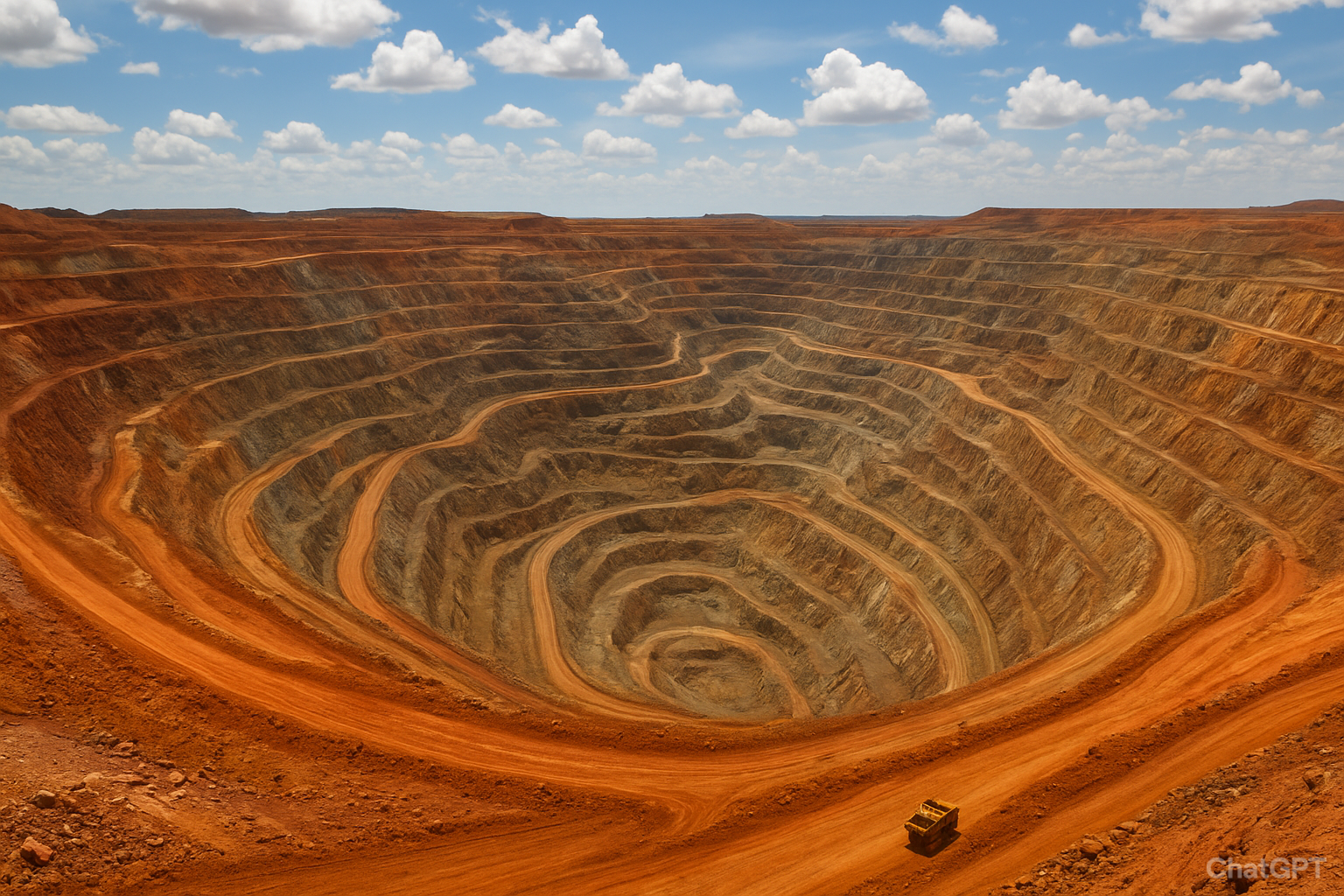Michigan has a rich mining history, especially in the Upper Peninsula, where copper, iron ore, and other minerals have shaped the region’s development. Mining in Michigan include metallic mining, sand dune mining, coal mining, and gemstone exploration. The state remains a significant producer of minerals like cement, iron ore, gypsum, and potash.
Many old mining towns tell stories of economic booms and busts tied to the rise and fall of mineral extraction. Today, modern mining efforts are revitalizing parts of Michigan, focusing on resources vital to new technologies like nickel and copper for electric vehicle batteries. These operations emphasize safety, environmental protection, and community responsibility.
Beyond minerals, Michigan’s diverse geological landscape offers many opportunities for both commercial mining and recreational gem hunting. From historic sites to current mines, mining continues to influence Michigan’s economy and culture, intertwining its past with ongoing industry developments.
Mining Industry Overview in Michigan
Michigan’s mining industry centers on several key minerals and locations, employing various methods adapted to local geology. The sector is vital to the state’s economy, particularly in the Upper Peninsula, where most active operations exist. Regulations ensure proper handling of materials and environmental reclamation.
Types of Minerals Extracted
Michigan is known primarily for iron, copper, and silver. Iron ore remains one of the largest contributors to mining output, with multiple active mines producing it. Copper, especially native copper, has a long history in the region, with several operations still extracting it commercially.
Other minerals such as nickel and silver are also significant but less dominant. Sand dune mining for industrial minerals and coal mining are regulated but less extensive than metallic mining. Prospect mines for various minerals continue to be explored across the state.
Major Mining Regions
The Upper Peninsula is the primary mining region in Michigan. Most metallic mining operations, particularly for iron and copper, are concentrated here due to rich mineral deposits. This region hosts companies like Cleveland-Cliffs and Lundin Mining, which operate major iron and copper mines.
Other parts of Michigan have historical mining activity, but contemporary production is minimal compared to the Upper Peninsula. Prospect mines are scattered in both the Upper and Lower Peninsulas but often remain exploratory rather than fully developed.
Mining Techniques Used
Michigan mining employs a mix of surface (open-pit) mining and underground mining, depending on the mineral and deposit location. Iron mining is mostly done through open-pit methods for easier access to large ore bodies.
Copper and other metals are often extracted via underground mining, especially where deposits are deep or in hard rock formations. Reclamation plans and waste management are key components of mining operations, following state regulations to mitigate environmental impact.
Economic and Environmental Impact
Mining is a key industry in Michigan, providing substantial economic benefits while facing ongoing environmental challenges. The state balances significant mineral production with regulatory frameworks and community engagement to mitigate mining’s risks.
Contribution to Michigan’s Economy
Mining contributes about $2.5 billion annually to Michigan’s economy. It supports over 9,100 direct jobs, spanning extraction, processing, and related manufacturing sectors. Metals such as copper, nickel, and aggregates are essential for construction, manufacturing, and the growing electric energy market.
Local economies, especially in the Upper Peninsula, heavily depend on mining for employment and economic activity. Projects like the Eagle Mine serve as important examples of operational mining benefiting local communities while meeting critical minerals demand nationally.
Environmental Regulations and Practices
Michigan began regulating non-ferrous metallic mineral mining explicitly after 2004, primarily through media-specific permit programs. These include wetland protections and environmental assessments before approval.
Restoration fees are increasingly imposed on aggregate mining sites to ensure environmental rehabilitation. Despite regulations, mining has led to groundwater pollution, habitat loss, and legacy issues such as copper tailings and “stamp sands” that threaten ecosystems, particularly near Lake Superior.
Community Relations and Workforce
Public response to mining projects varies, with petitions and tribal opposition reflecting environmental concerns. Economic Development Responsibility Alliances and local advocates urge lawmakers to weigh environmental risks carefully before funding expansions.
The workforce is skilled but limited, with roughly 9,000 jobs directly tied to mining. Efforts focus on balancing mineral extraction with community health, environmental safety, and long-term economic sustainability to support the region’s future.









Leave a Reply